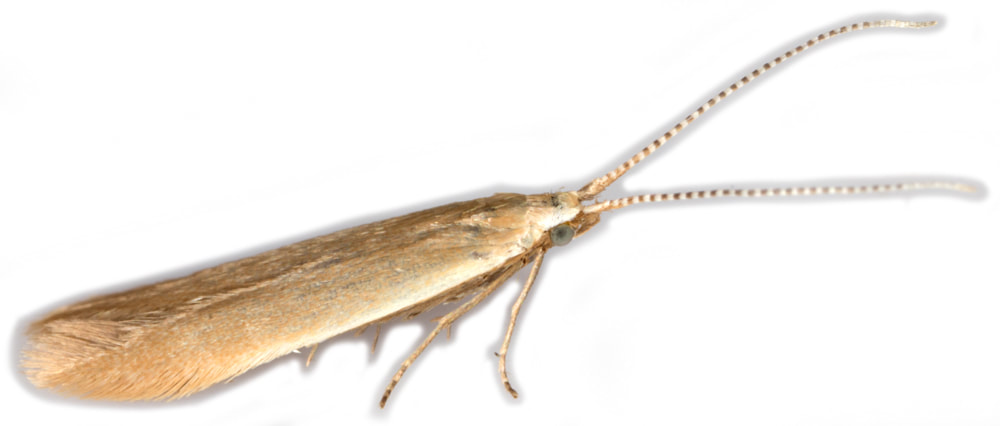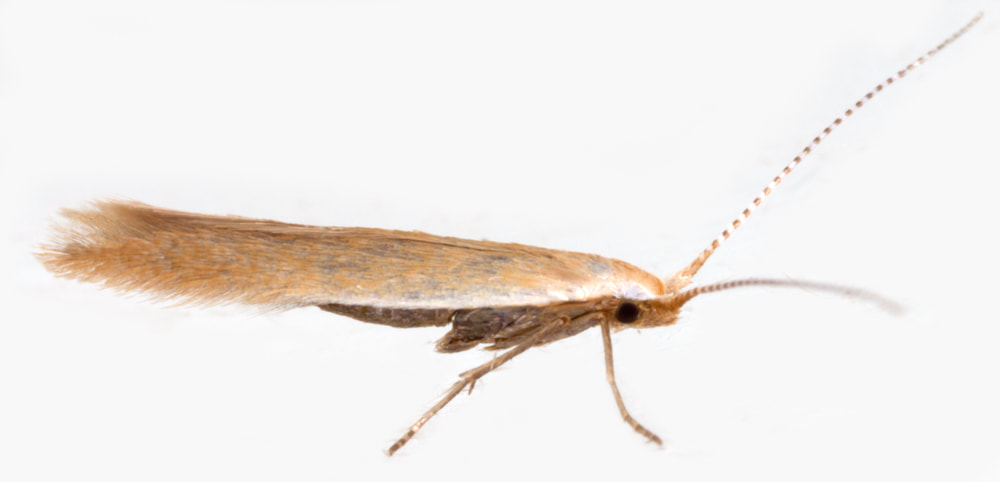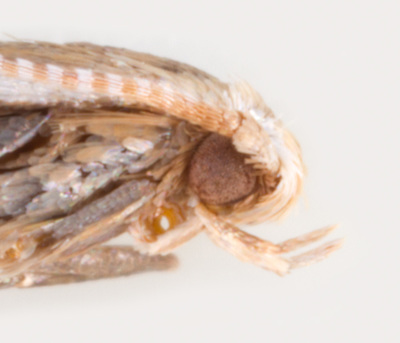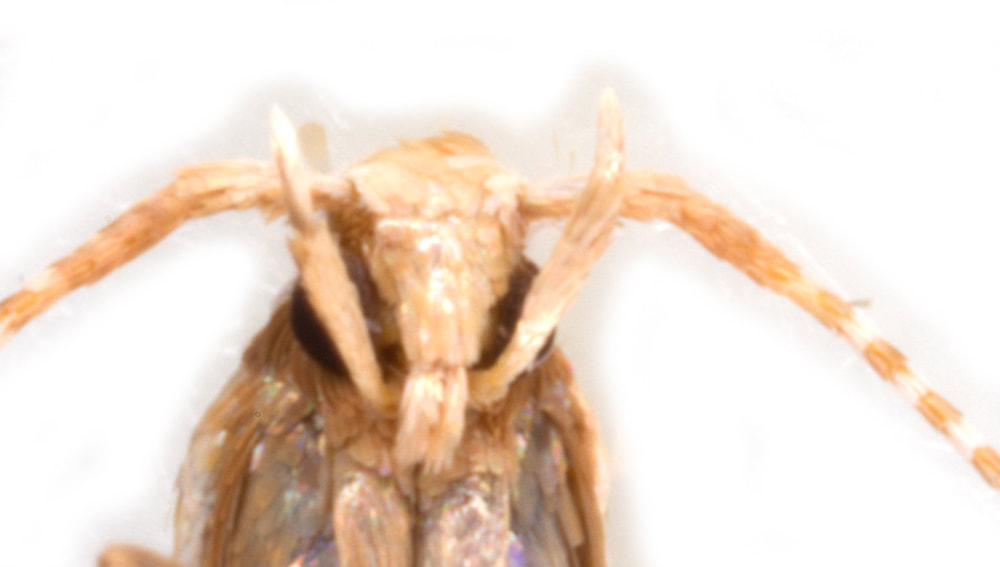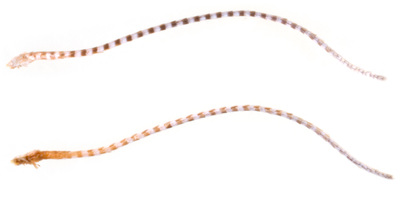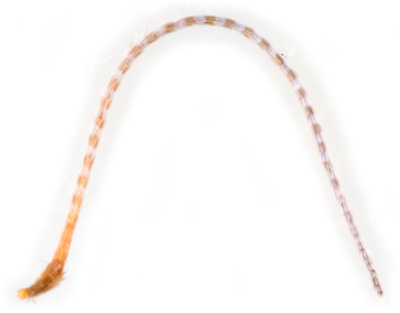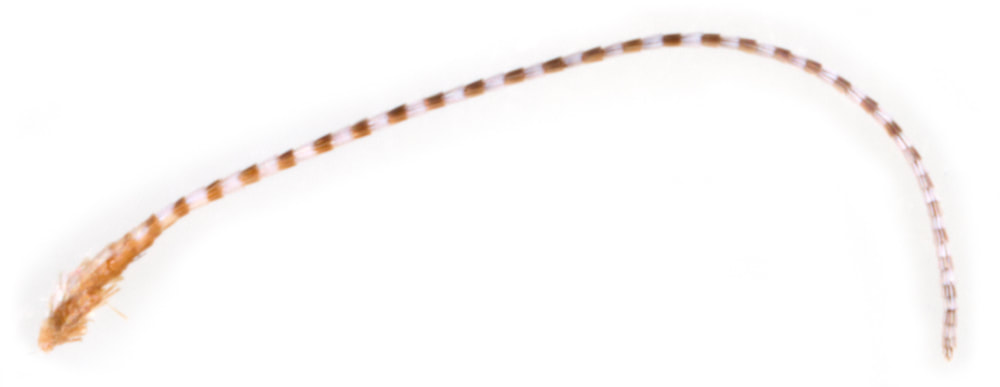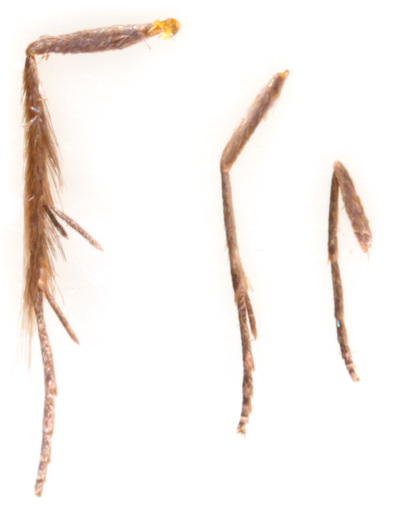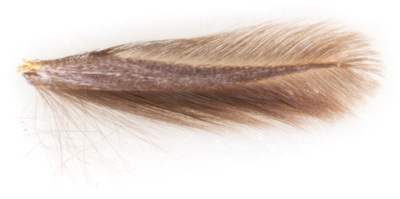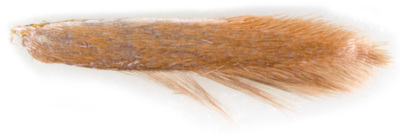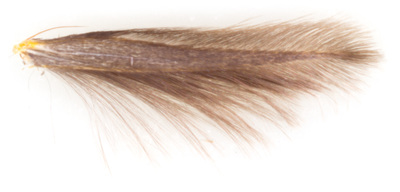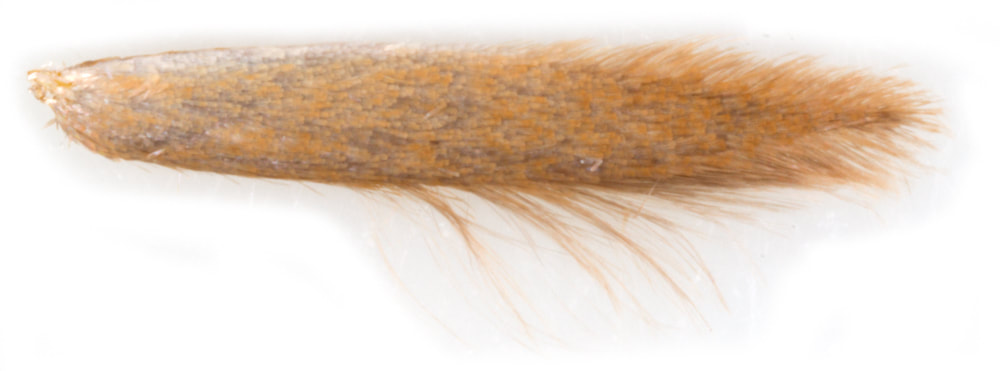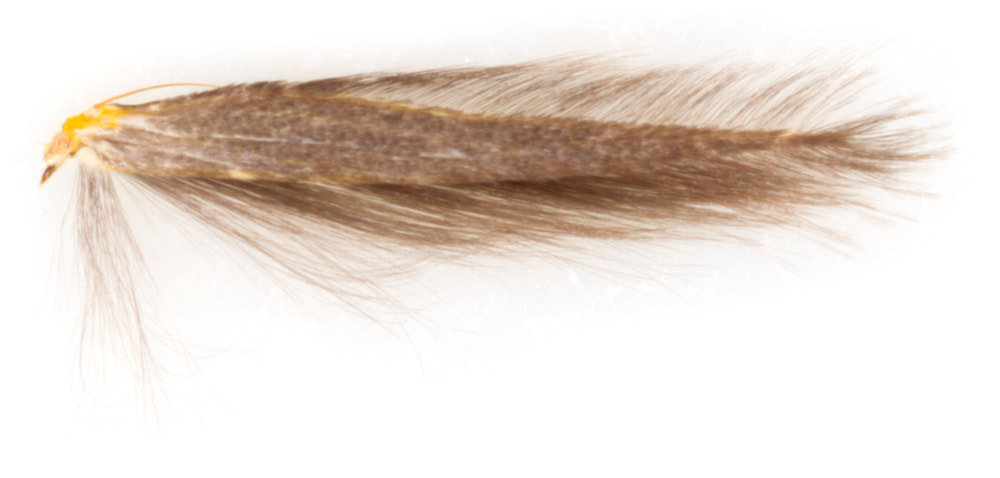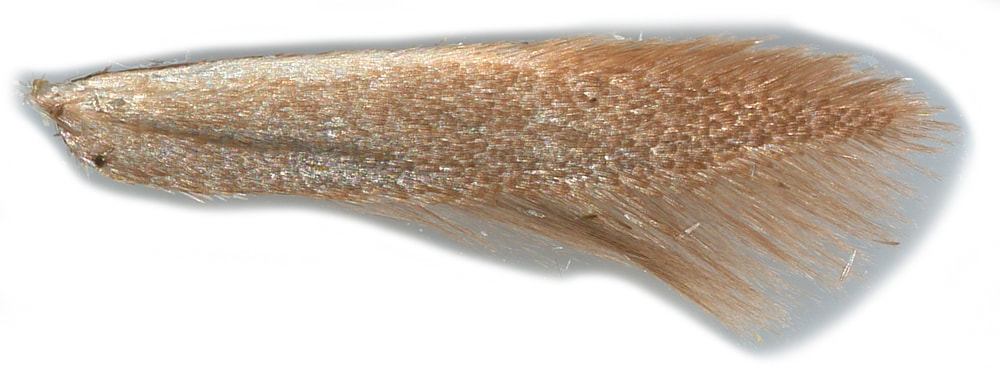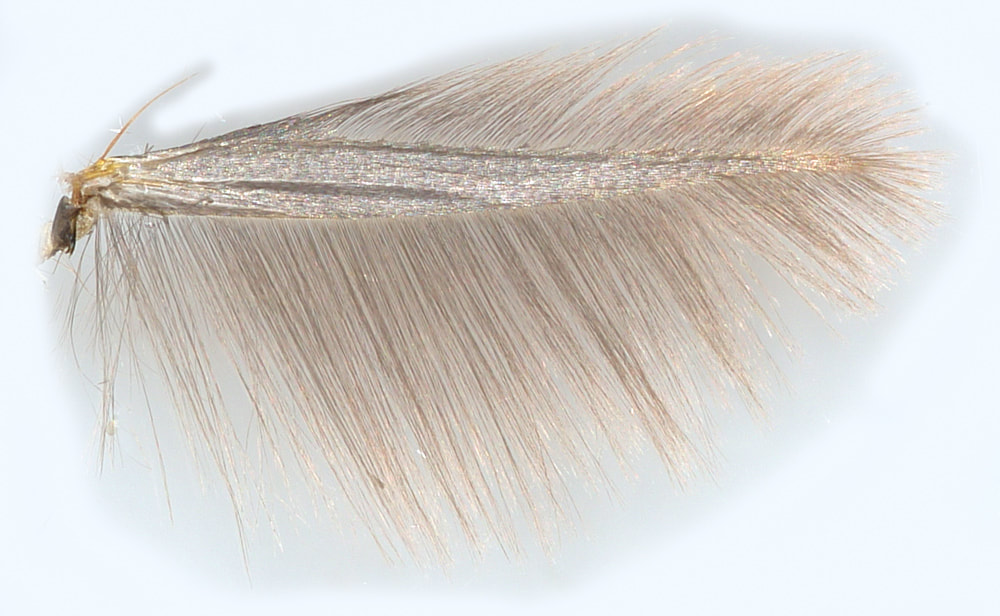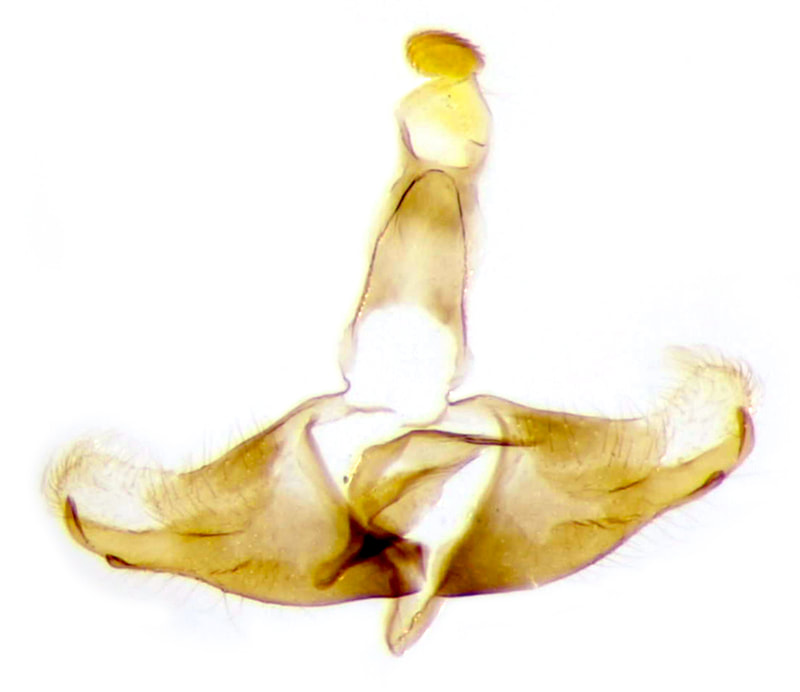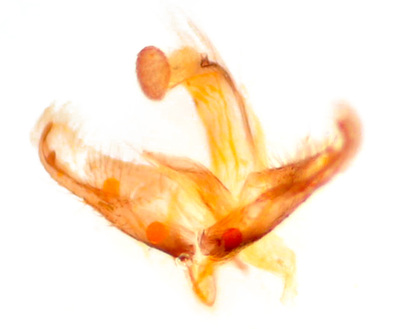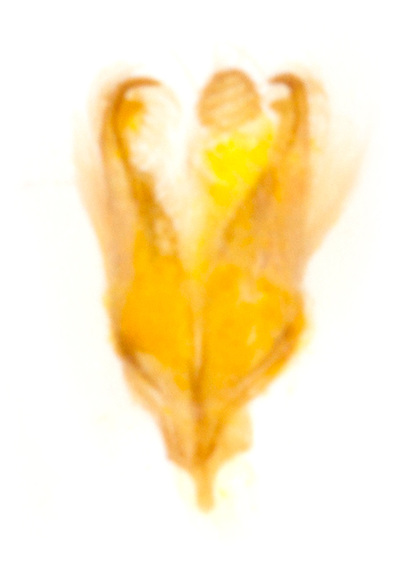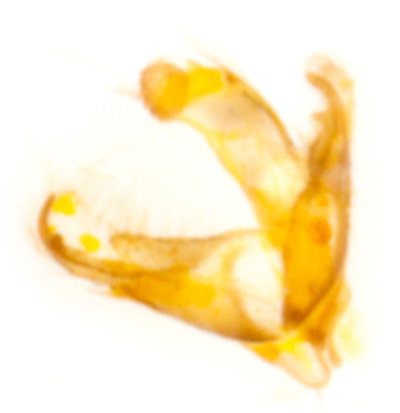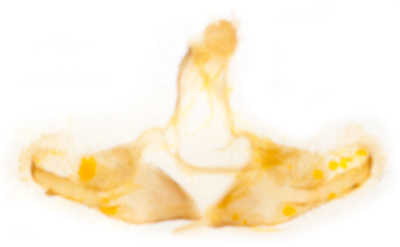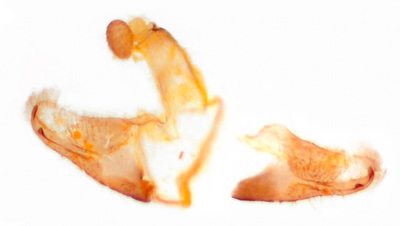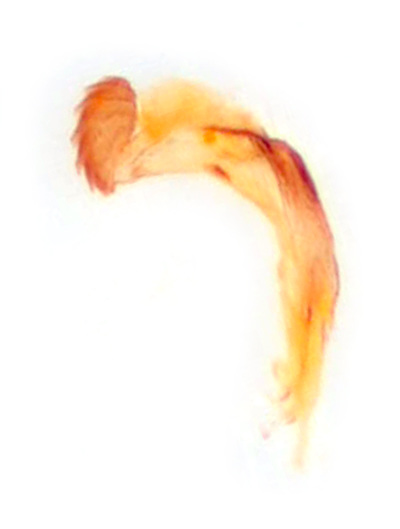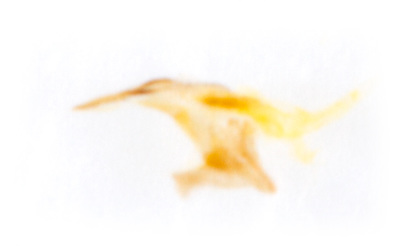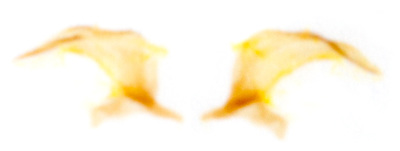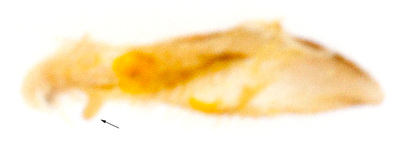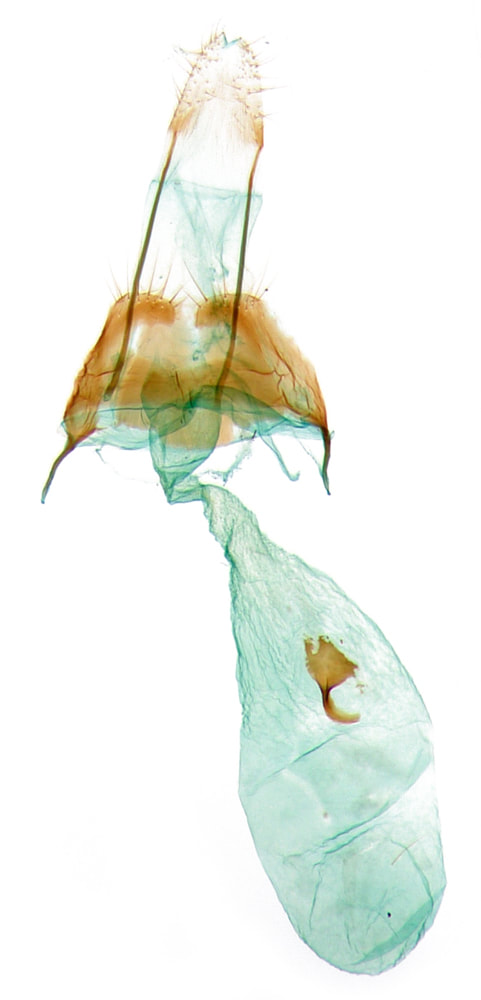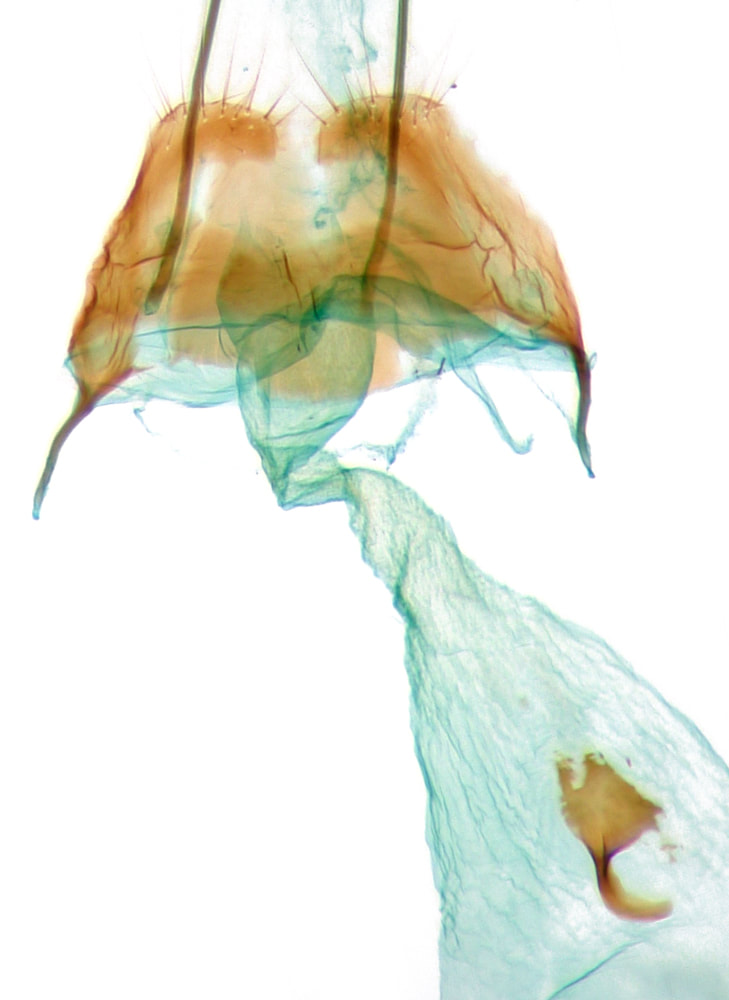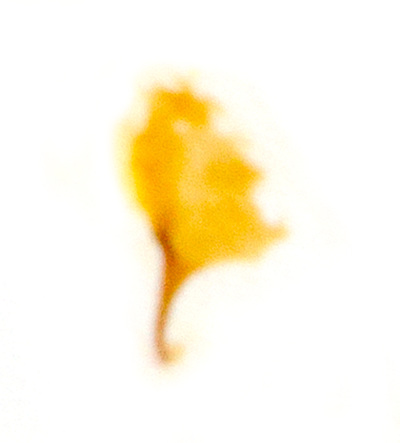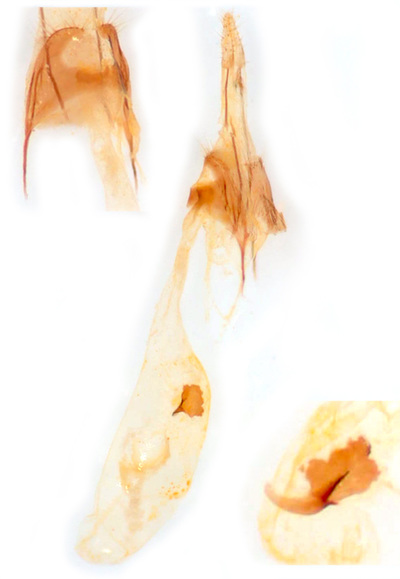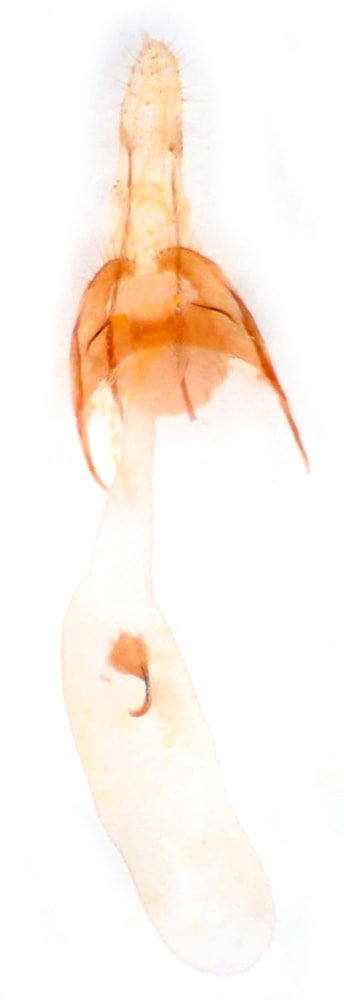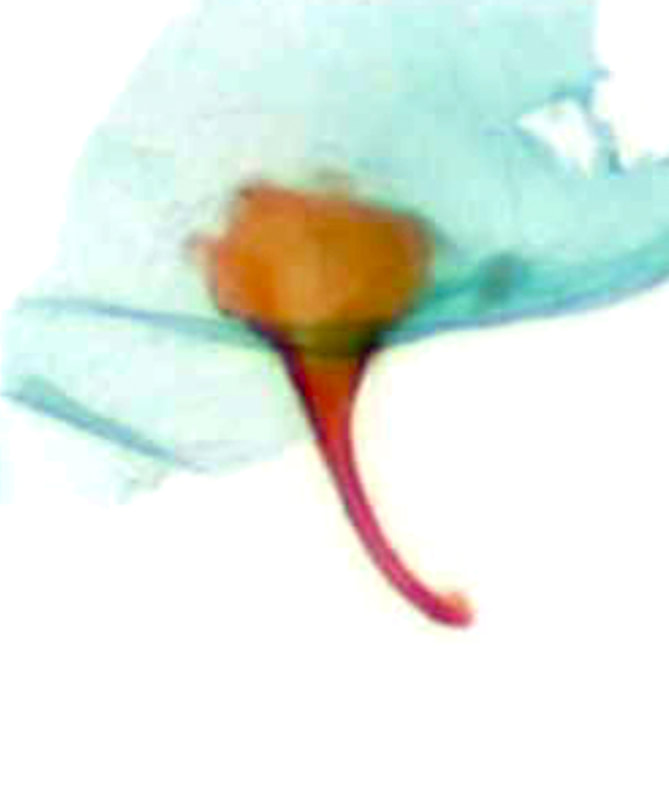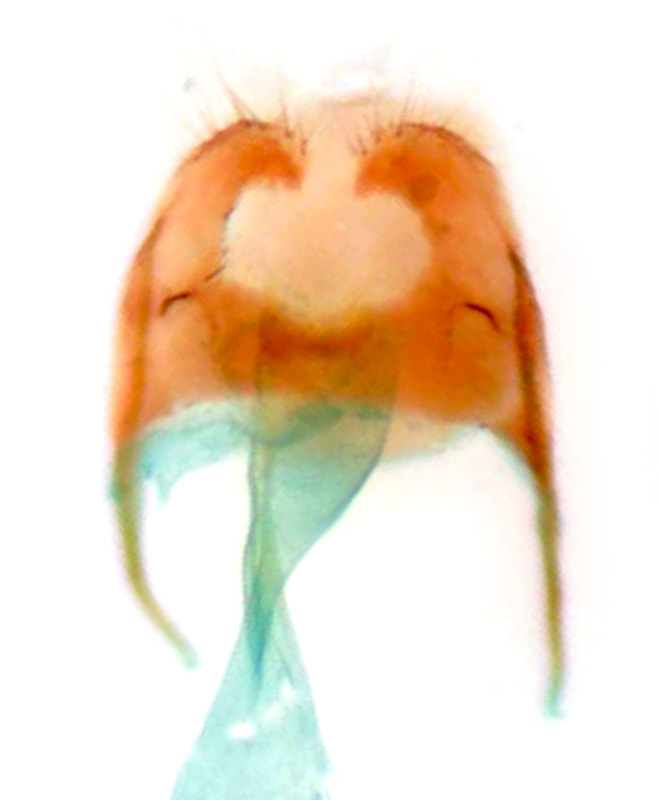37.009 Coleophora milvipennis (Birch Case-bearer)
ws 10.5-13mm; Jul; birch (Betula spp); locally common on heath and open woodland in England, N.Wales & C.Scotland
§1 Winterton, Norfolk; 11/06/2015; male; fw 6.1mm; to light
§2 Winterton, Norfolk; 11/06/2015; female; fw 5.9mm; to light
§3 Winterton, Norfolk; 11/06/2015; male; fw 6.0mm; to light
10 live specimens photographed from Winterton but they appear so similar that I cannot be sure which of them have been dissected
§4 Belfairs, Essex; 30/06/2015; male; fw 5.8mm; to light
§5 Winterton, Norfolk; 09/07/2015; male; fw 6.1mm; to light
§6 Winterton, Norfolk; 06/08/2015; female; fw 5.4mm; to light
§7 Winterton, Norfolk; 06/08/2015; female; fw 5.2mm; to light
§8 Orlestone Forest, Kent; 11/07/2018; male; fw 5.5mm
§9 Covert Woods, Kent; 09/06/2022; female; fw 5.9mm
§10 Stour Wood, Essex; 26/05/2022; female; fw 6.2mm
All images © Chris Lewis
§2 Winterton, Norfolk; 11/06/2015; female; fw 5.9mm; to light
§3 Winterton, Norfolk; 11/06/2015; male; fw 6.0mm; to light
10 live specimens photographed from Winterton but they appear so similar that I cannot be sure which of them have been dissected
§4 Belfairs, Essex; 30/06/2015; male; fw 5.8mm; to light
§5 Winterton, Norfolk; 09/07/2015; male; fw 6.1mm; to light
§6 Winterton, Norfolk; 06/08/2015; female; fw 5.4mm; to light
§7 Winterton, Norfolk; 06/08/2015; female; fw 5.2mm; to light
§8 Orlestone Forest, Kent; 11/07/2018; male; fw 5.5mm
§9 Covert Woods, Kent; 09/06/2022; female; fw 5.9mm
§10 Stour Wood, Essex; 26/05/2022; female; fw 6.2mm
All images © Chris Lewis
Page published 30/08/2015 (§1-4) | §5 added 01/01/2016 | §6 added 09/01/2016 | §7 added 13/01/2016 | §8 added and text amended 17/05/2019 | §9 added 29/09/2022 | §10 added 08/12/2022
